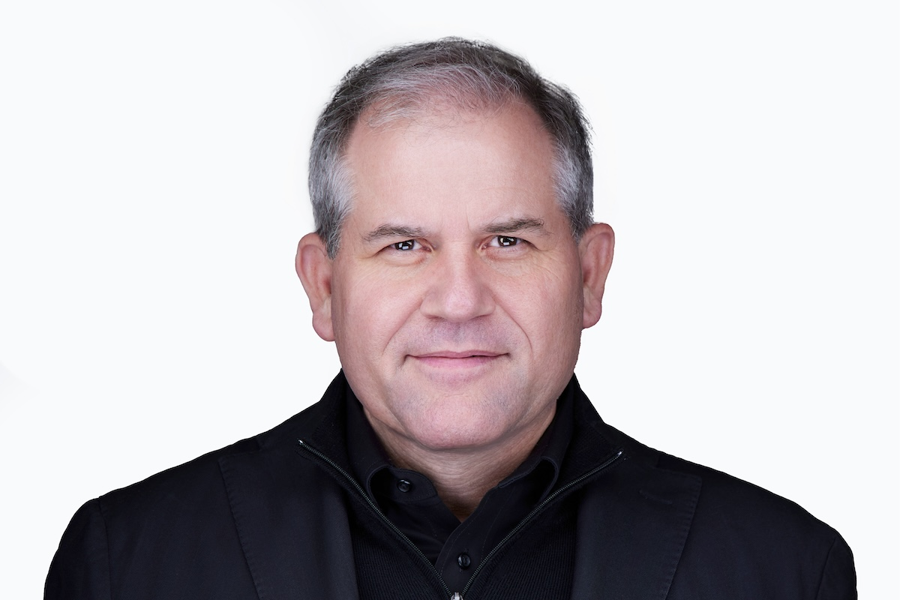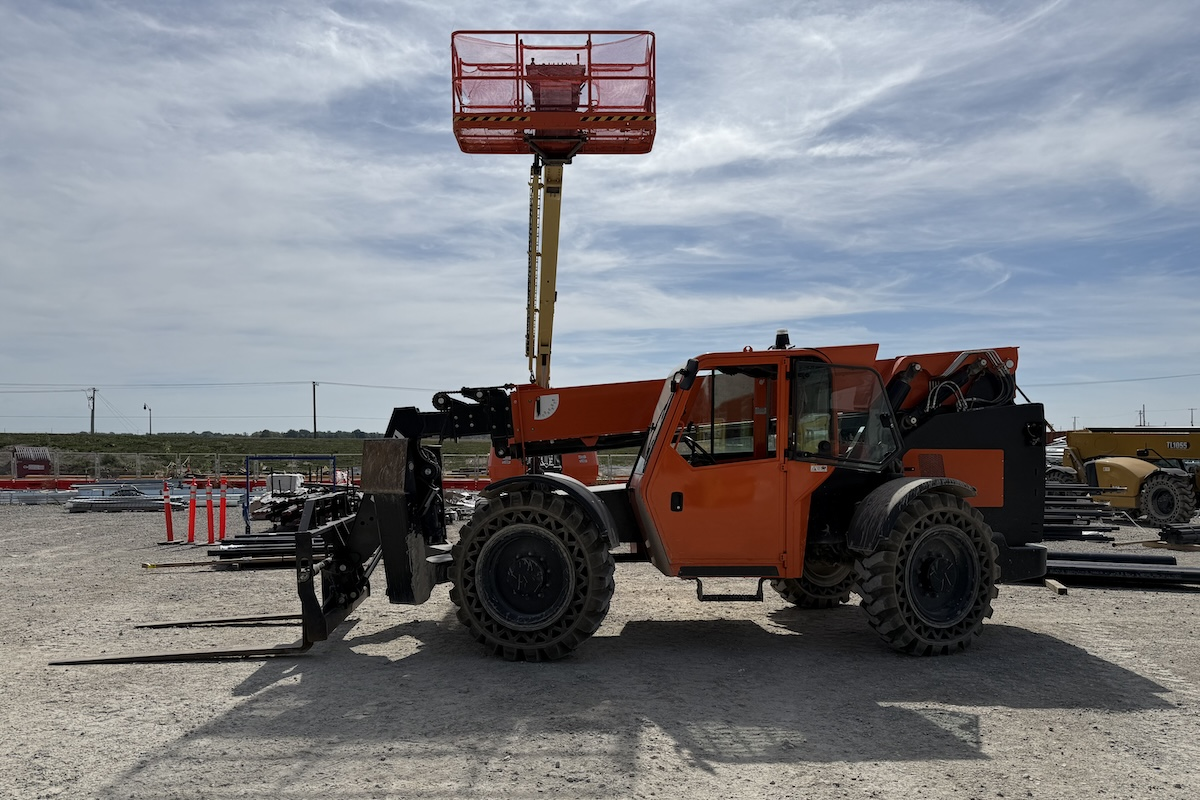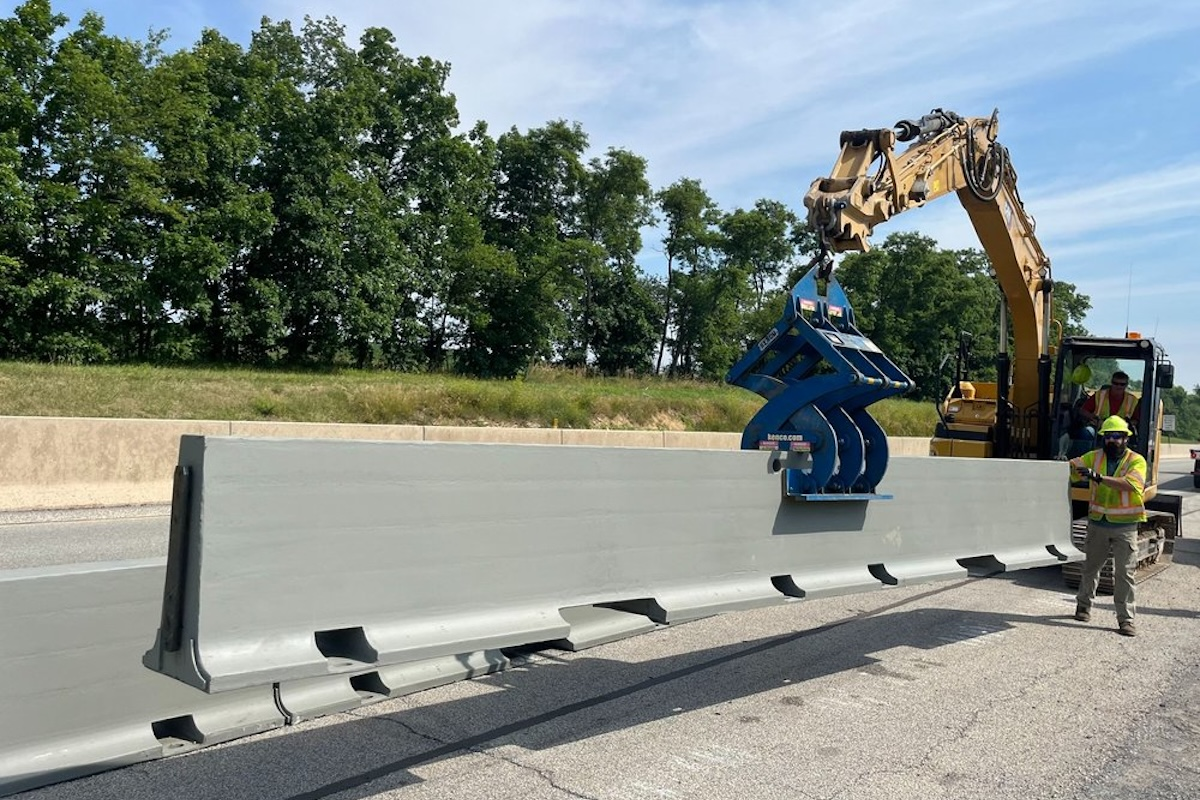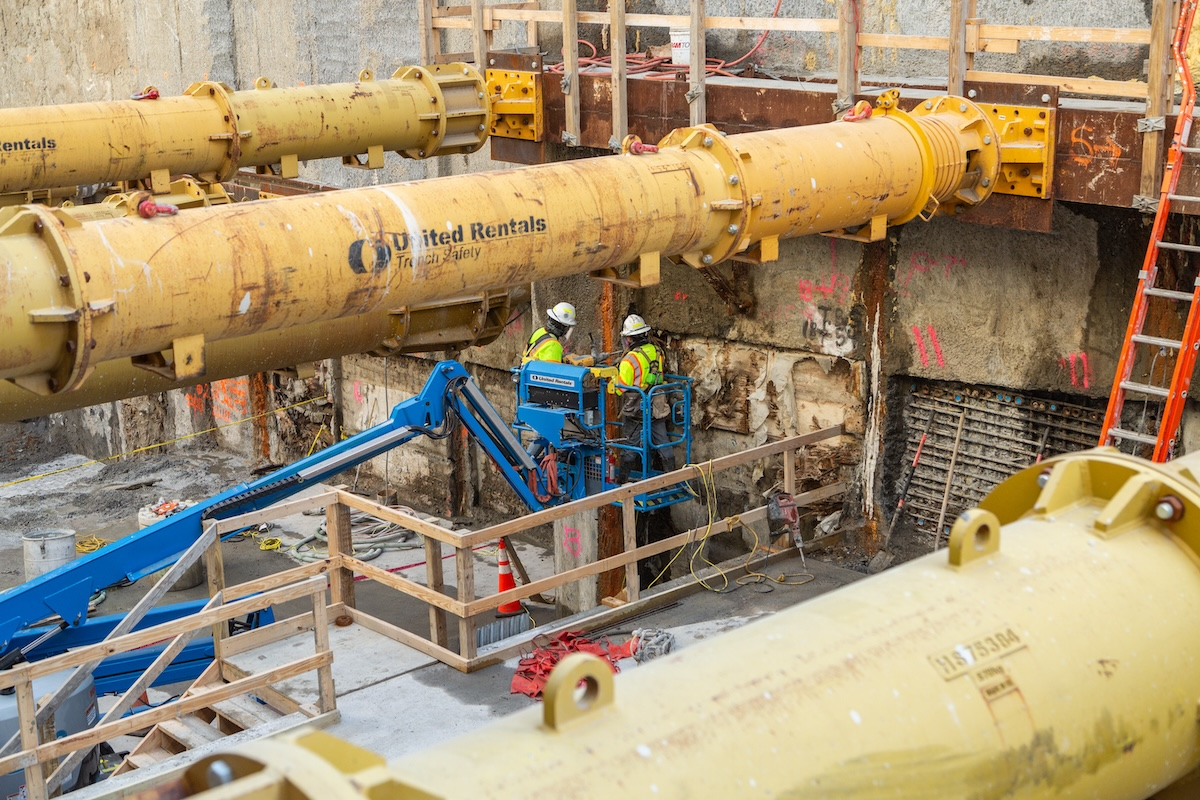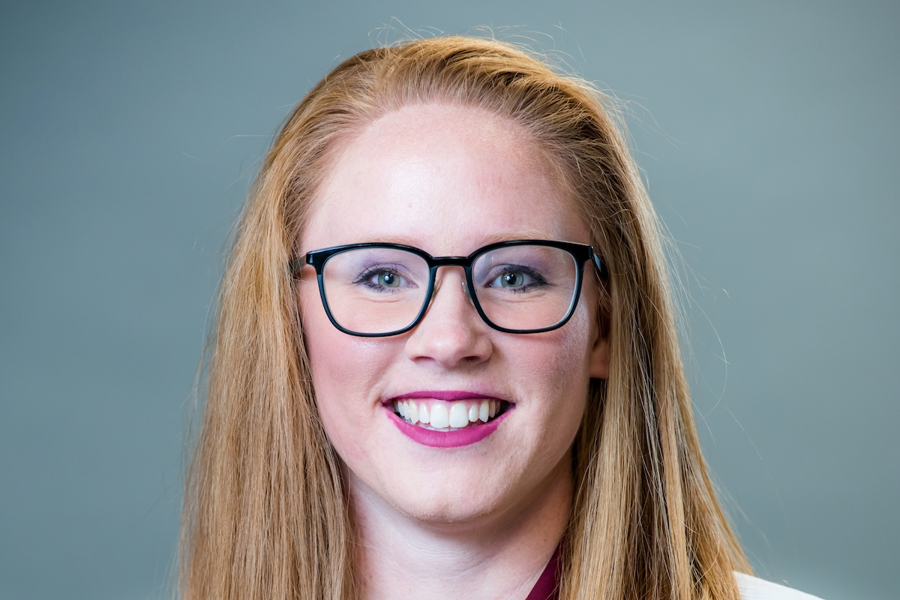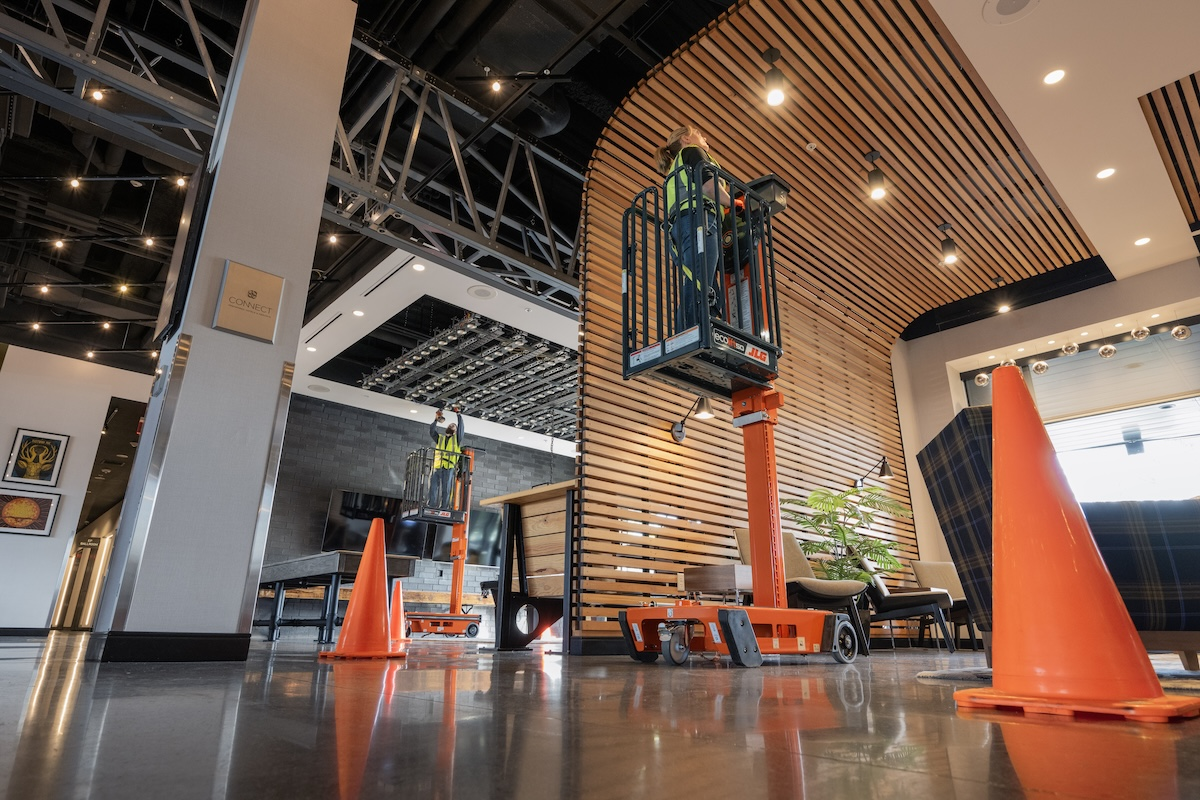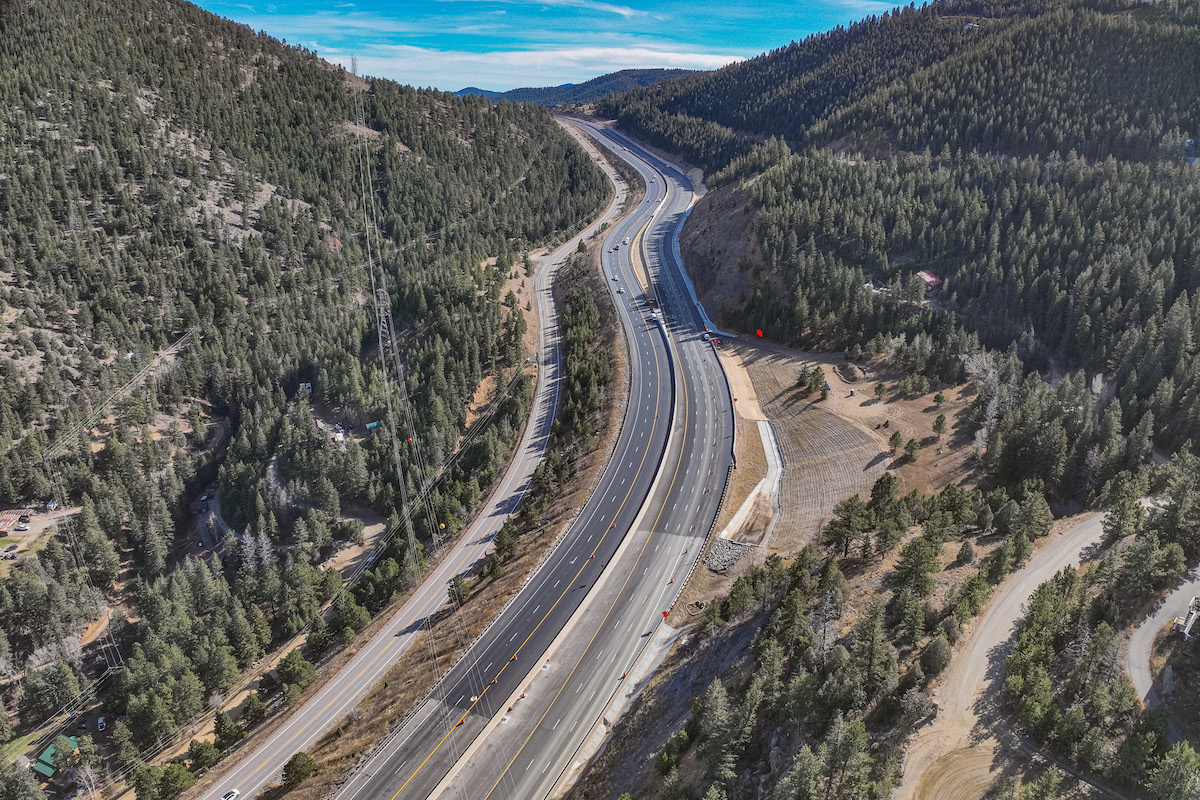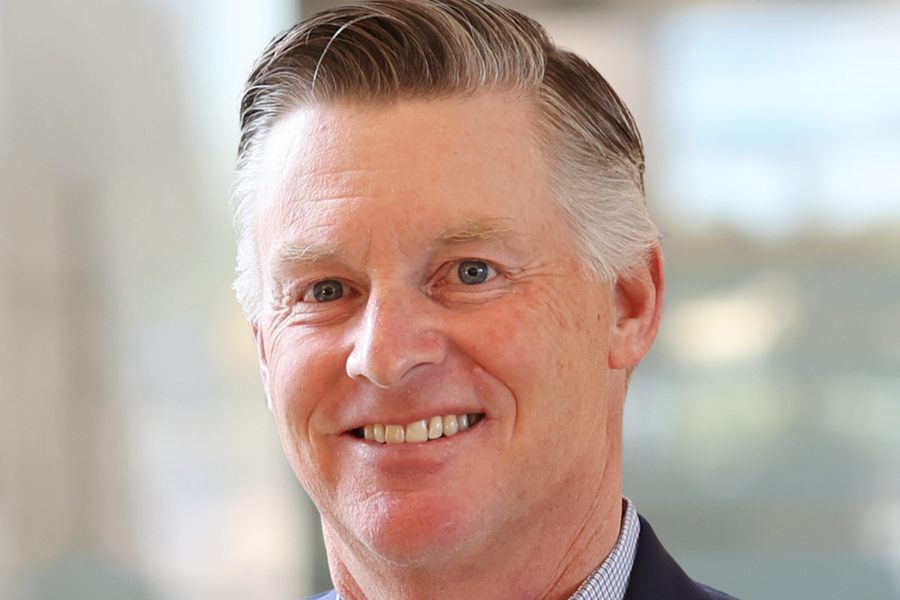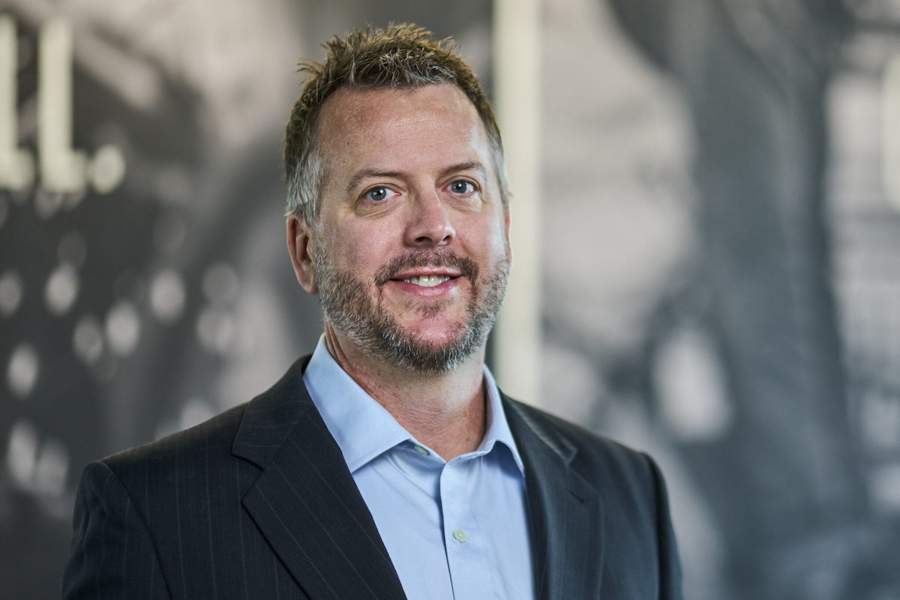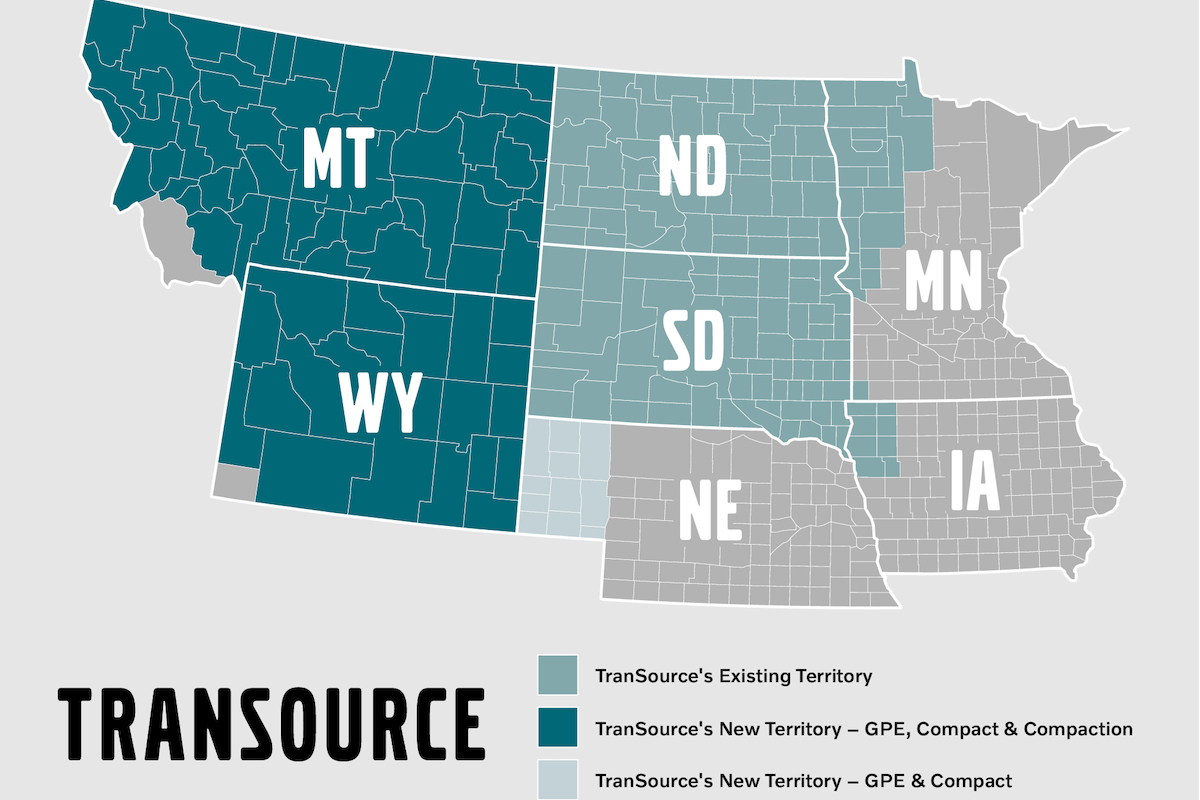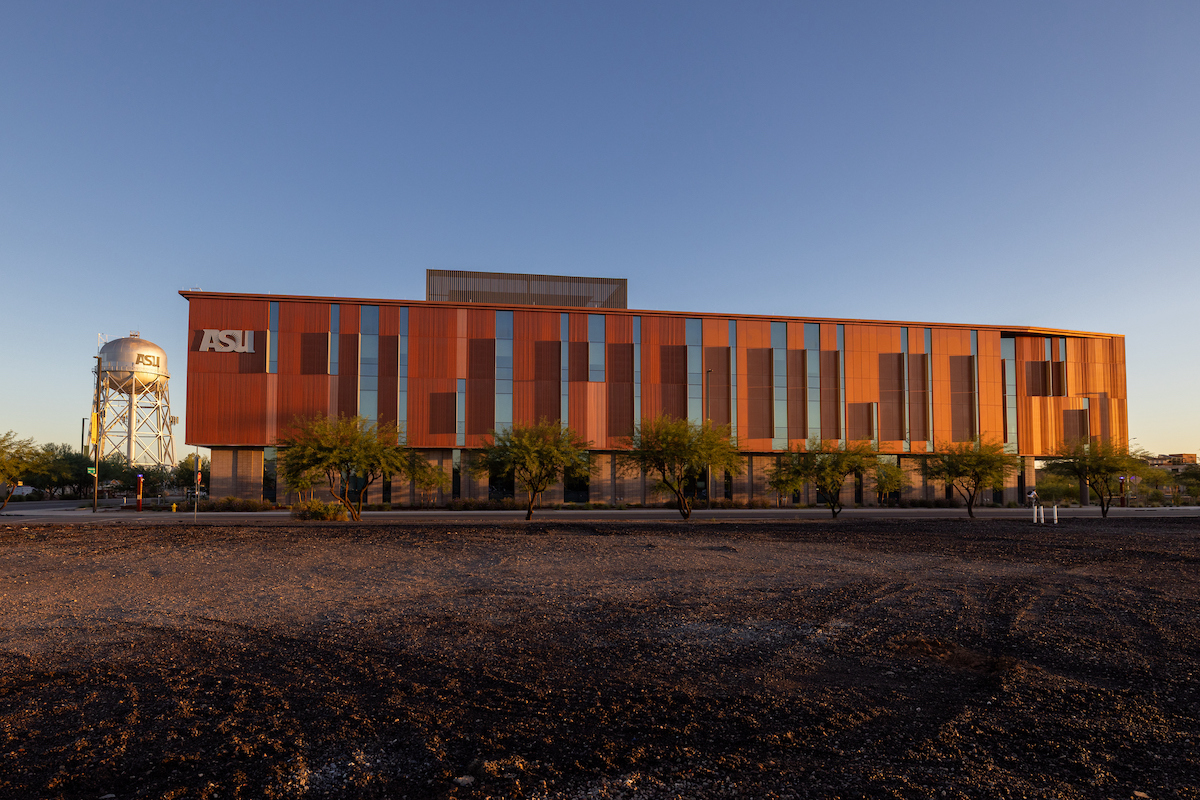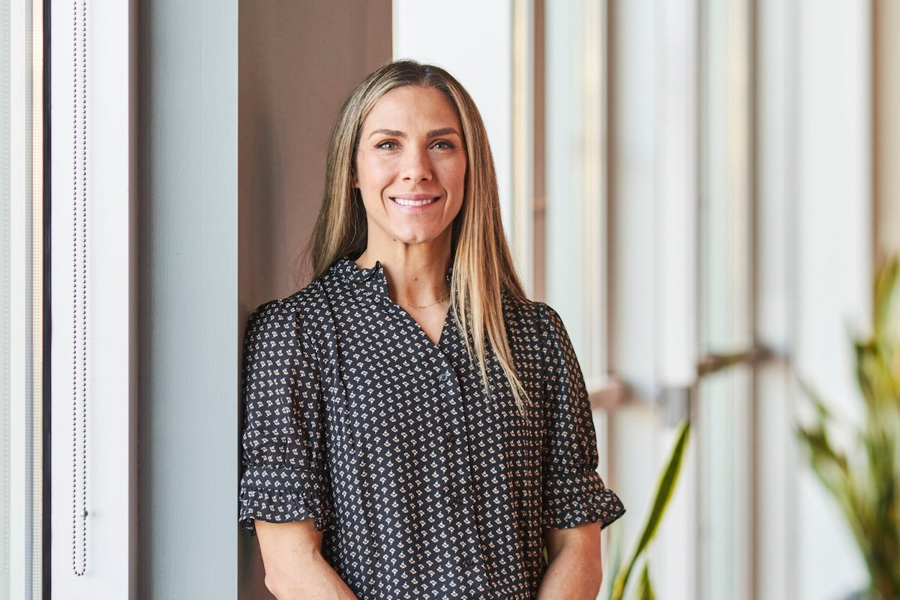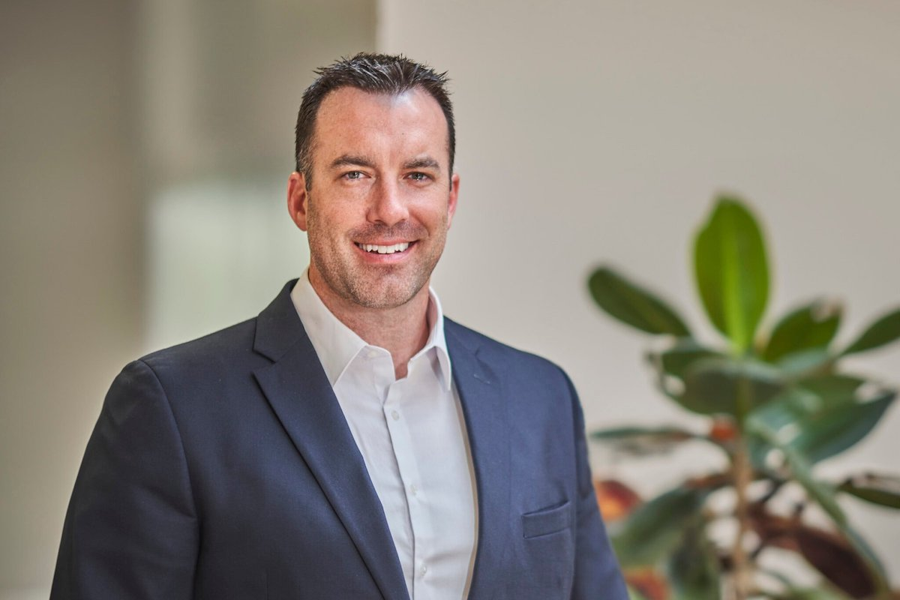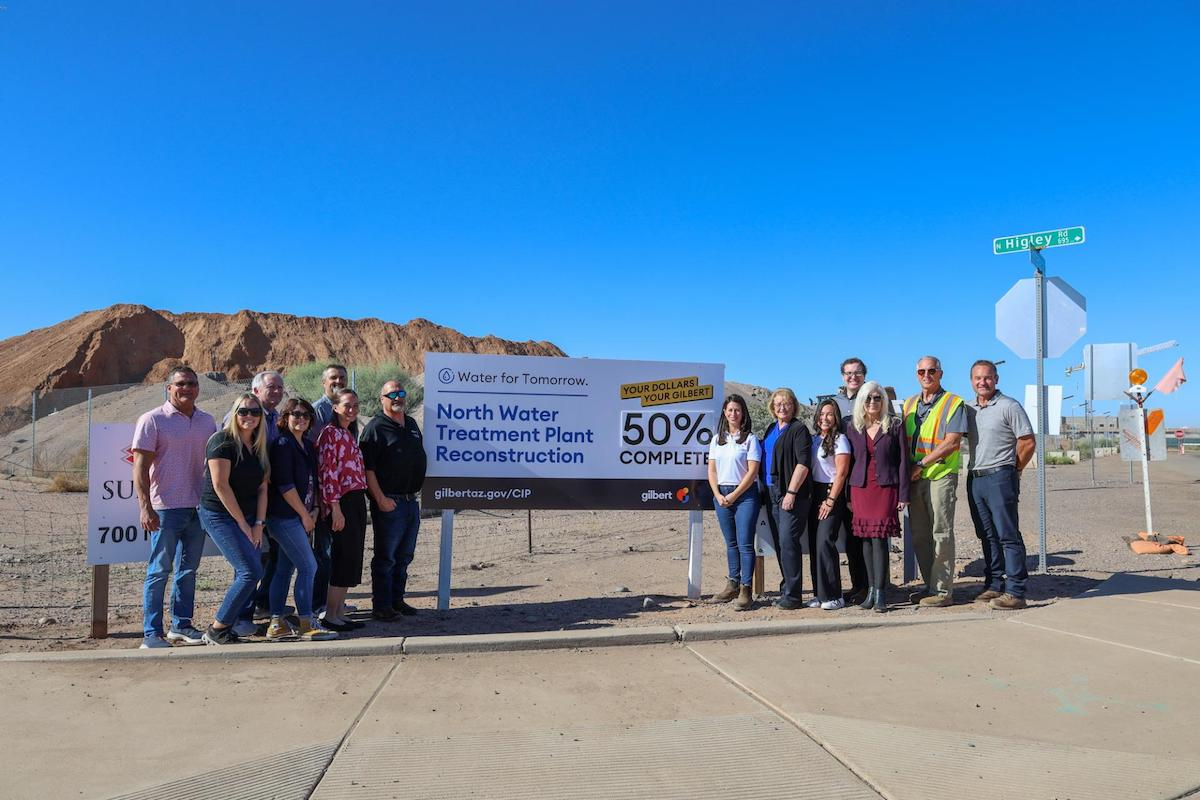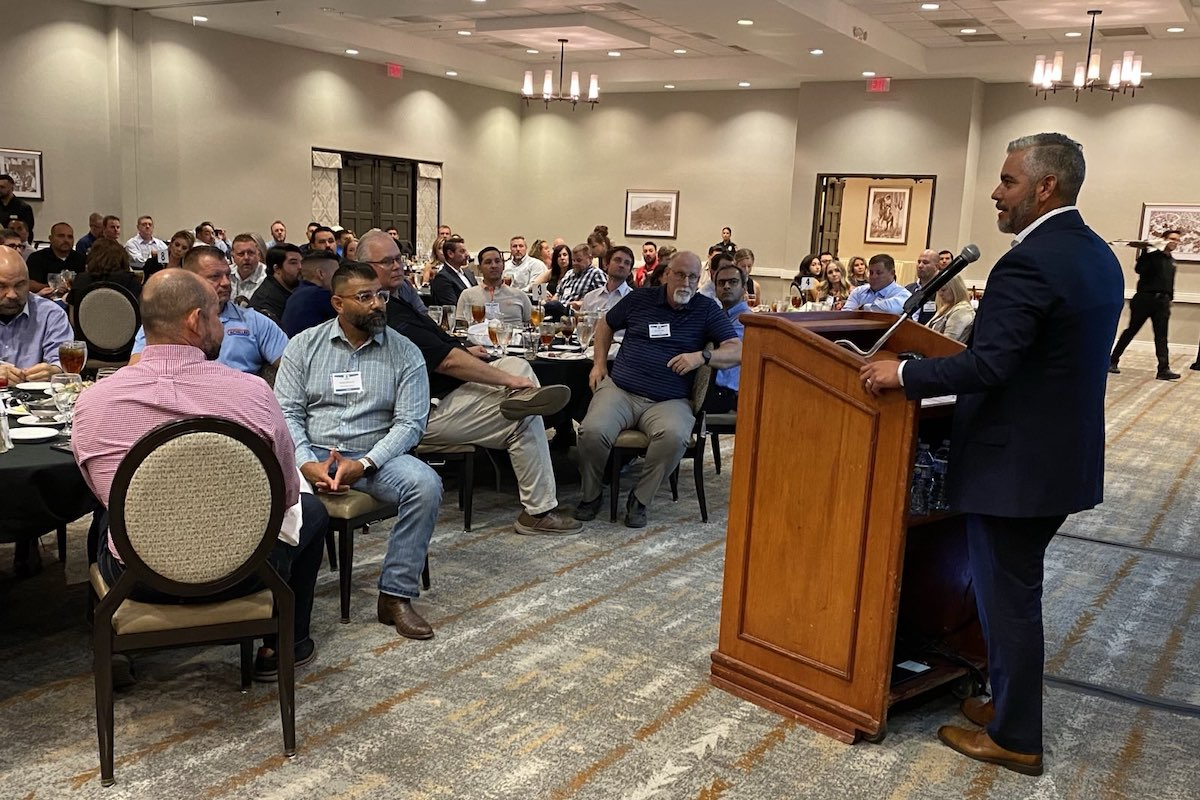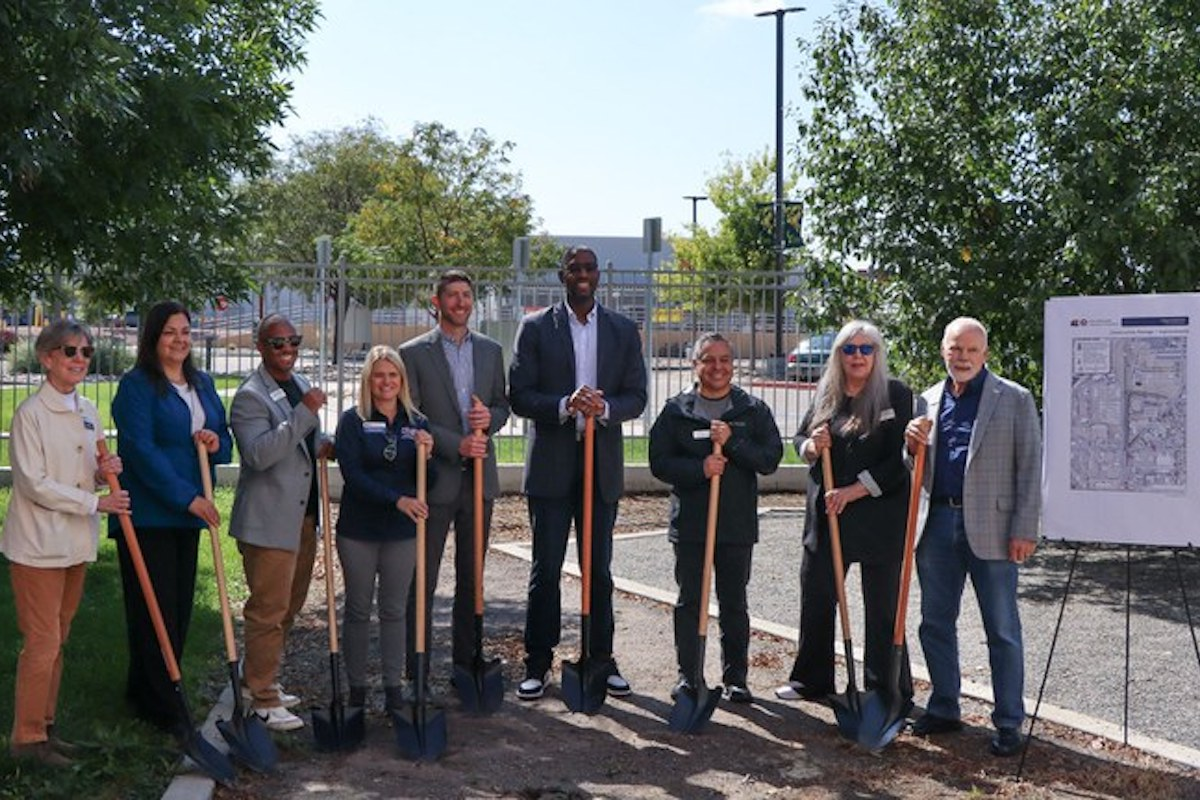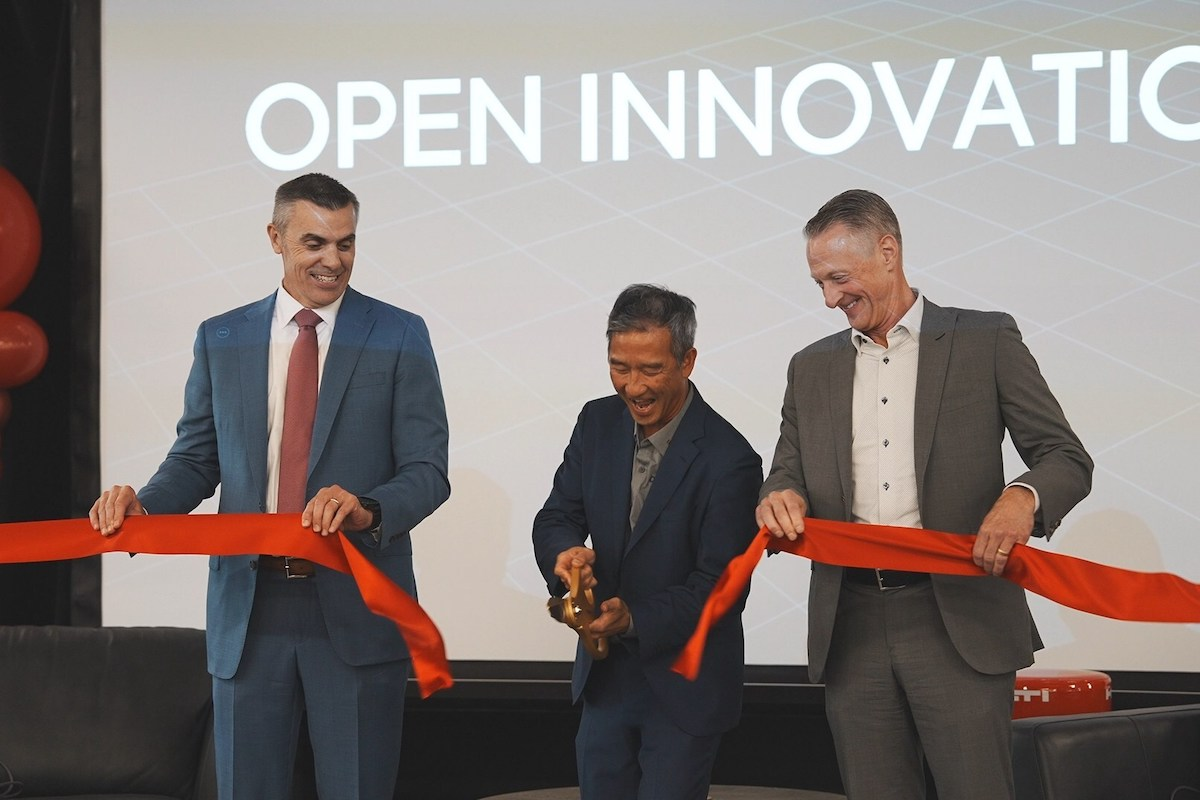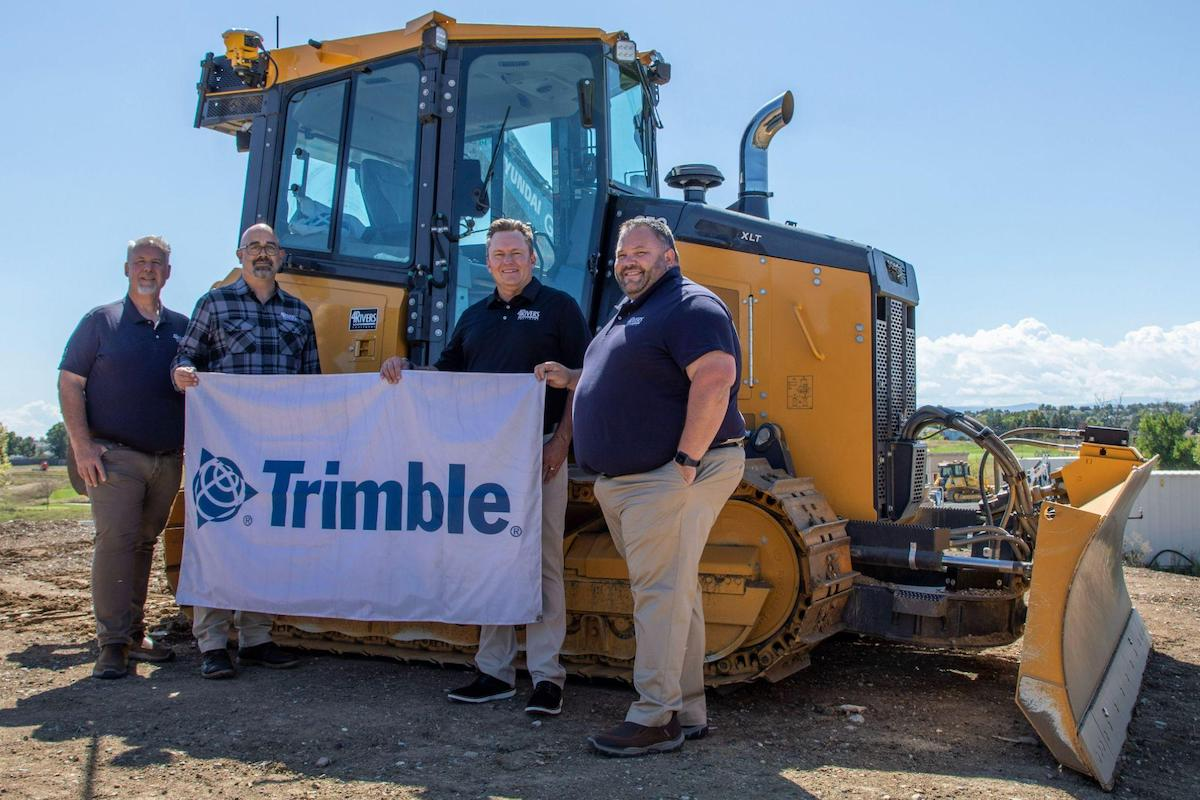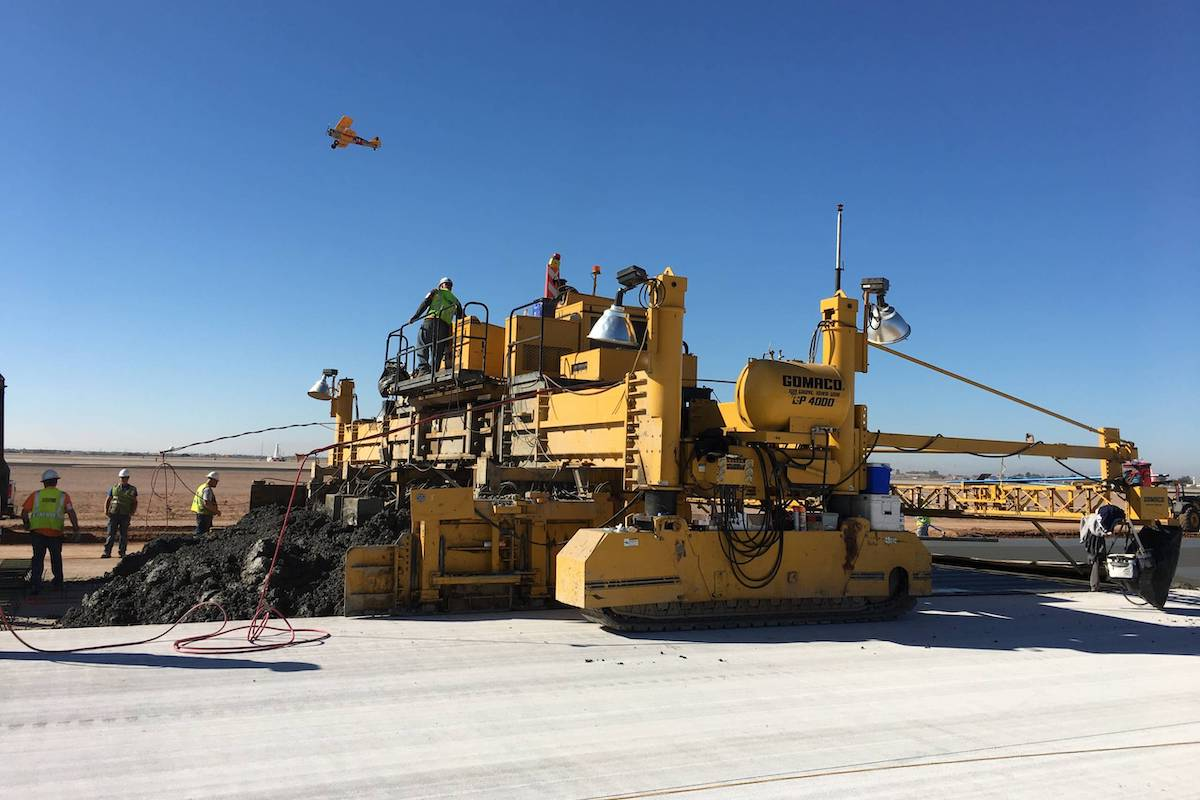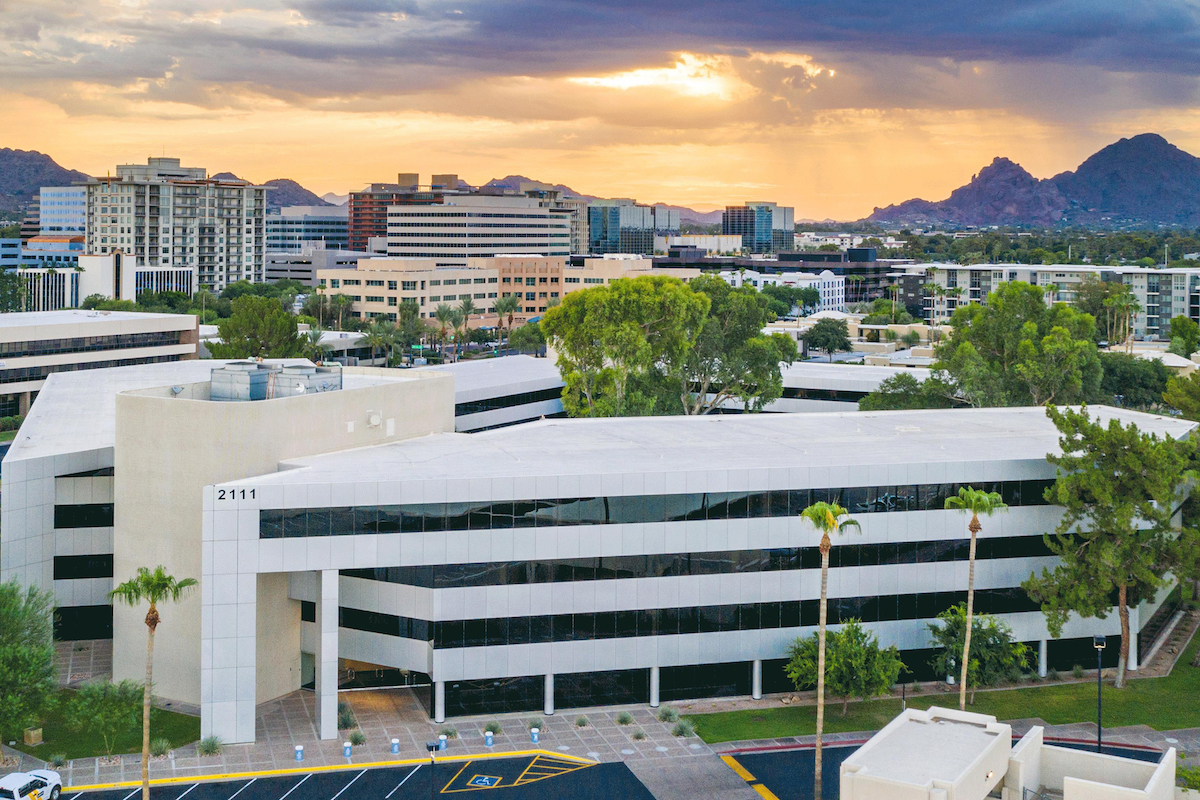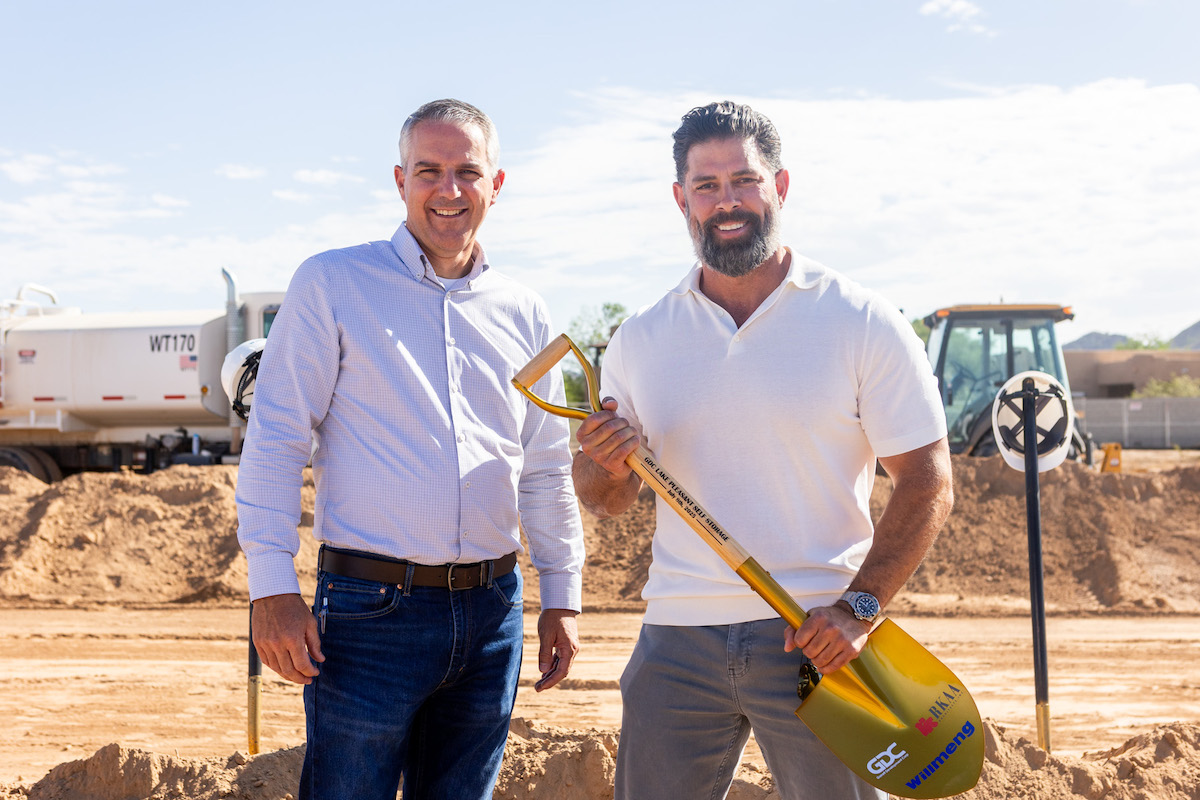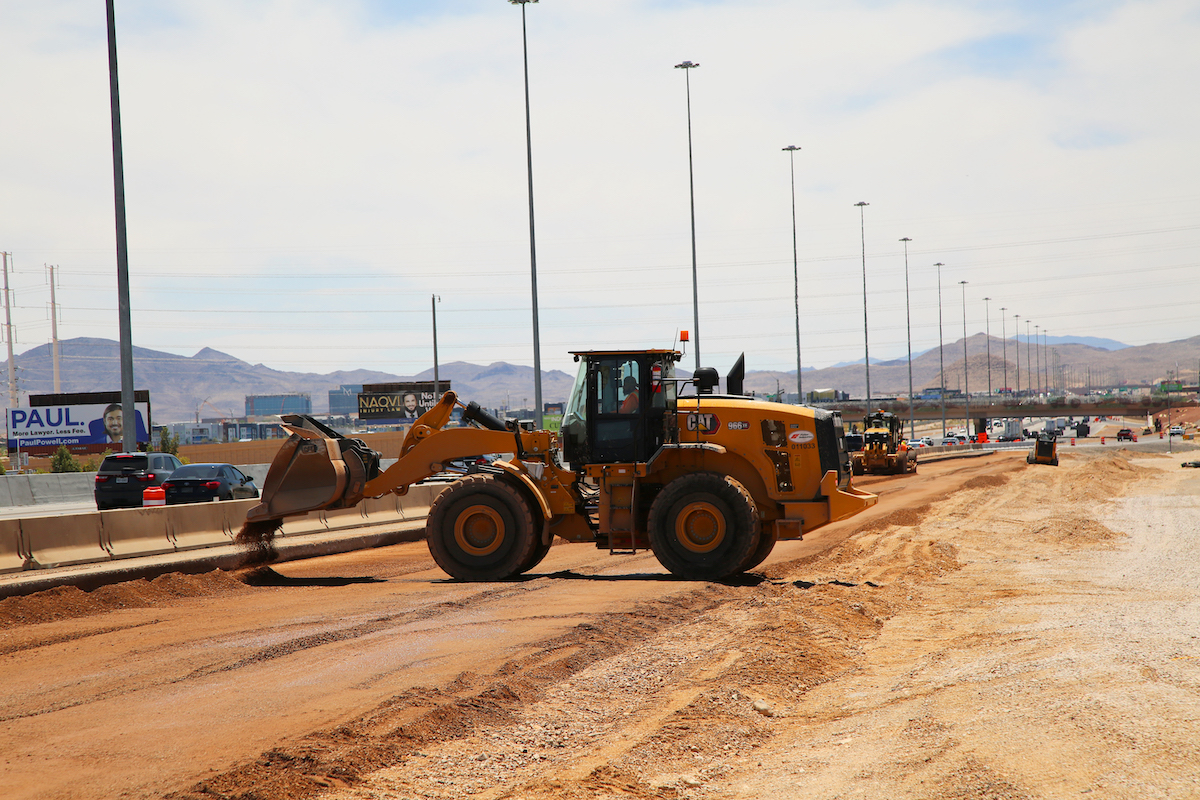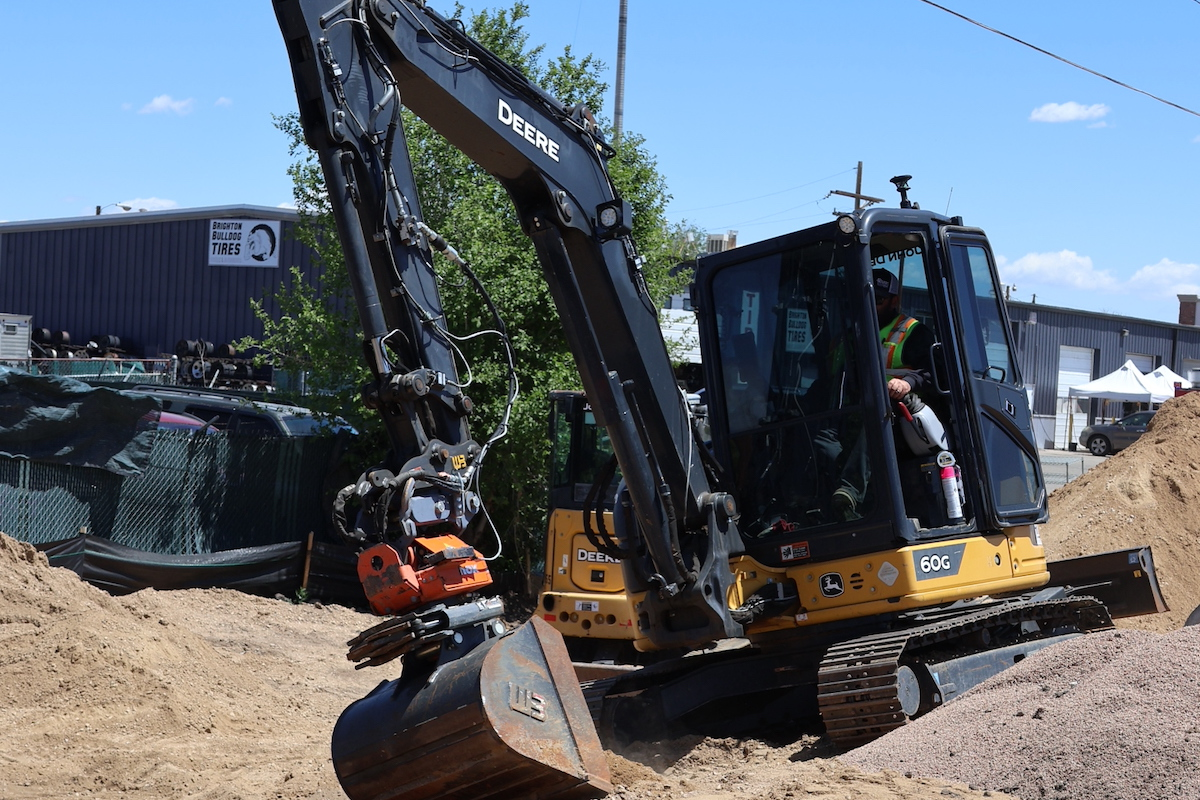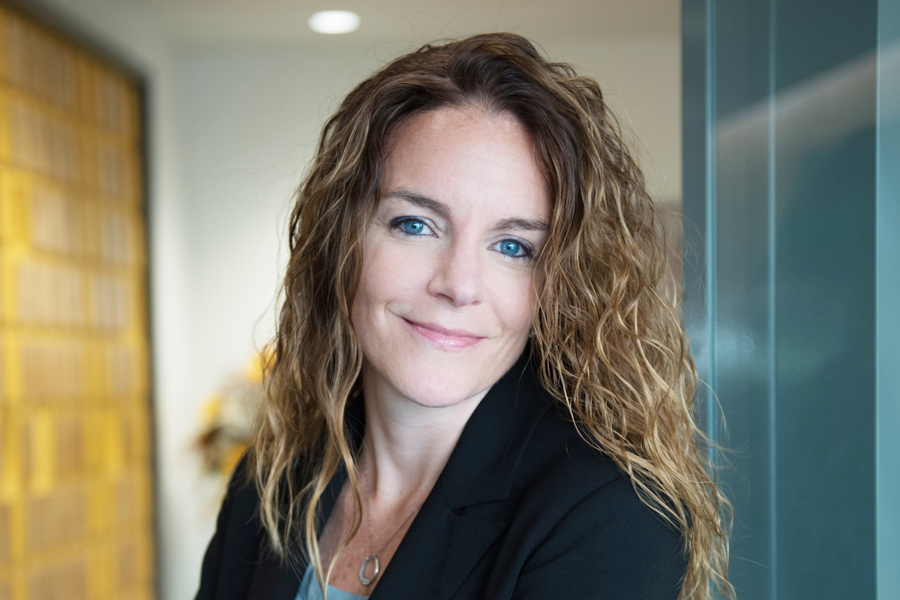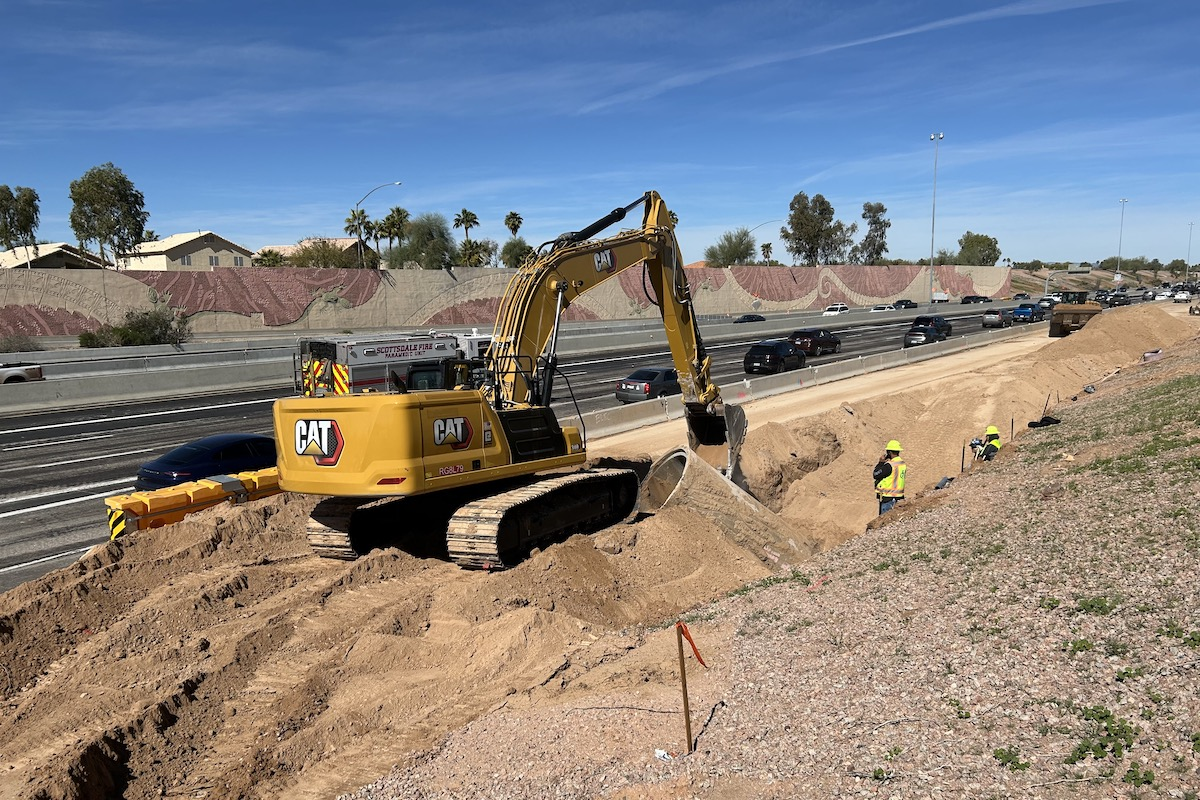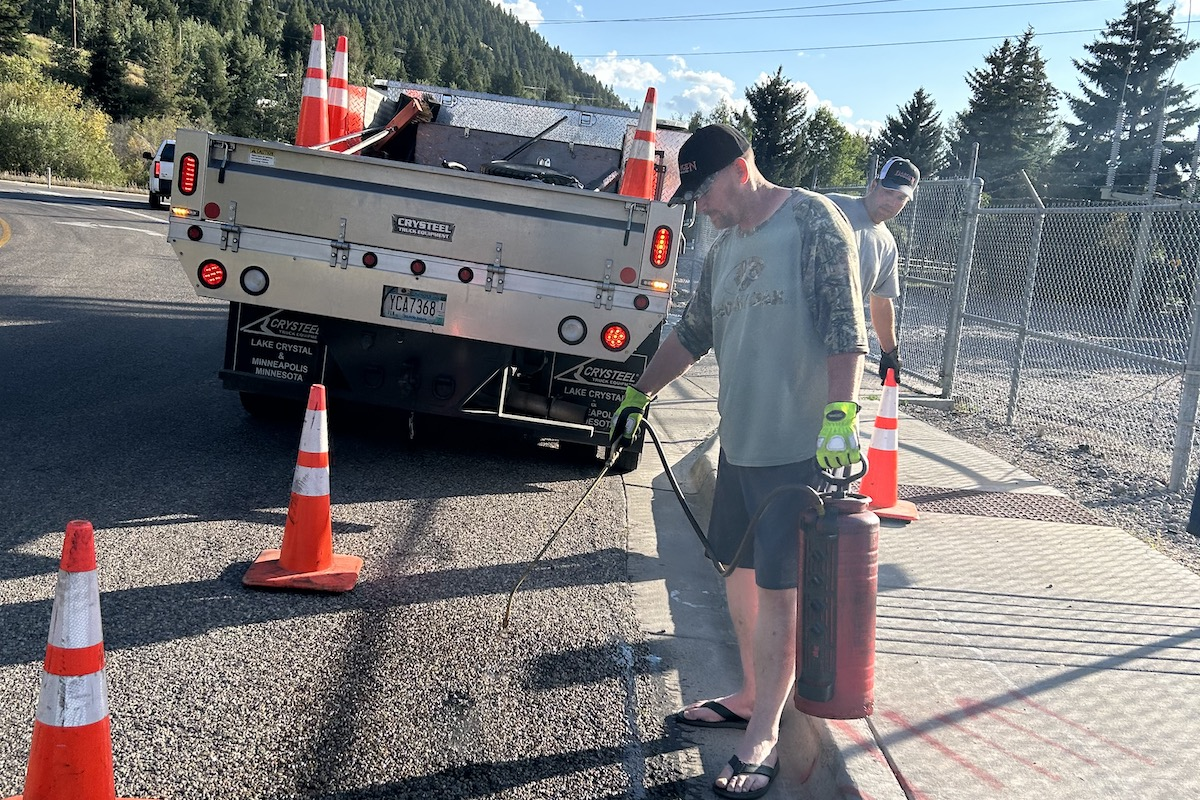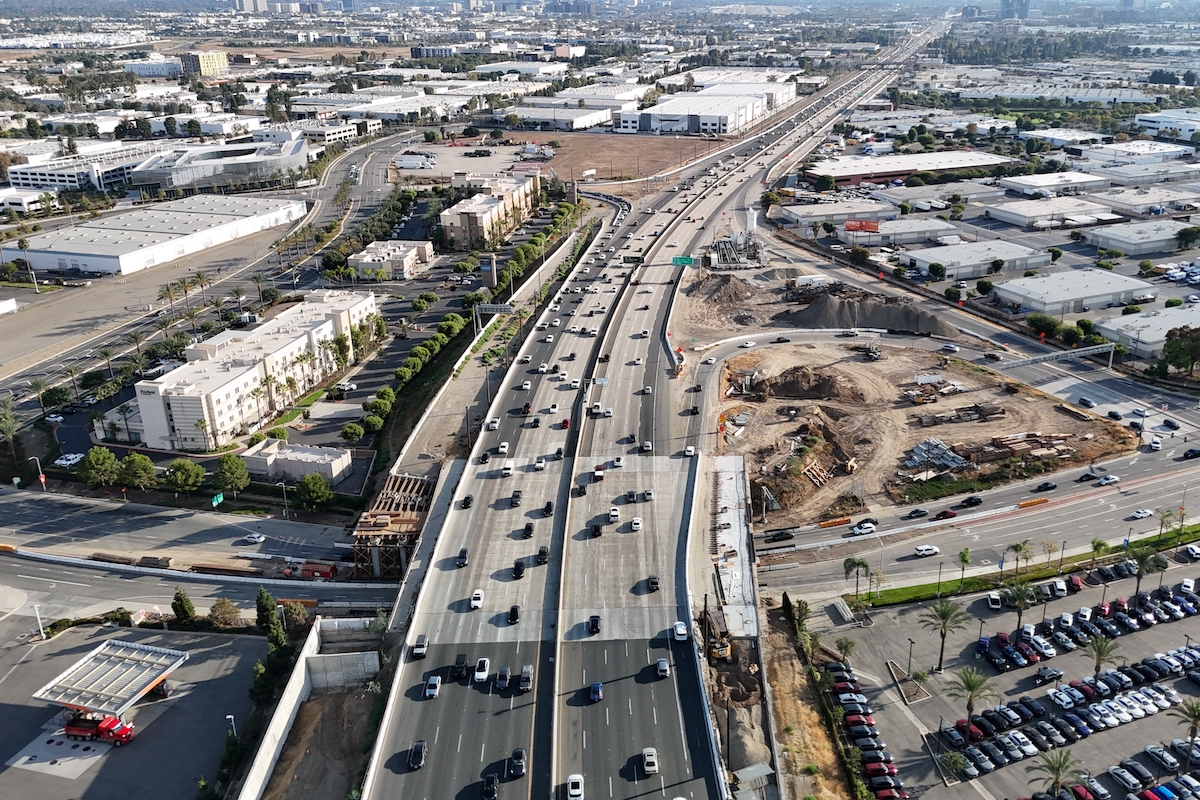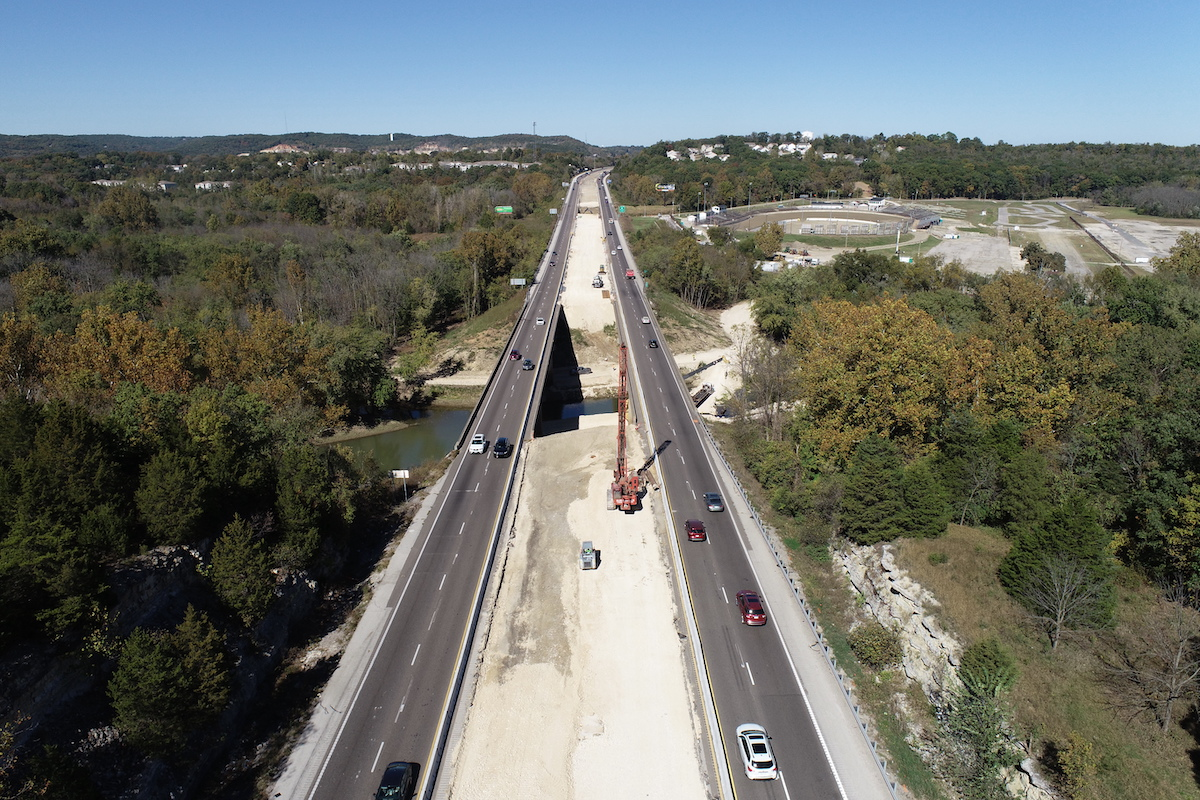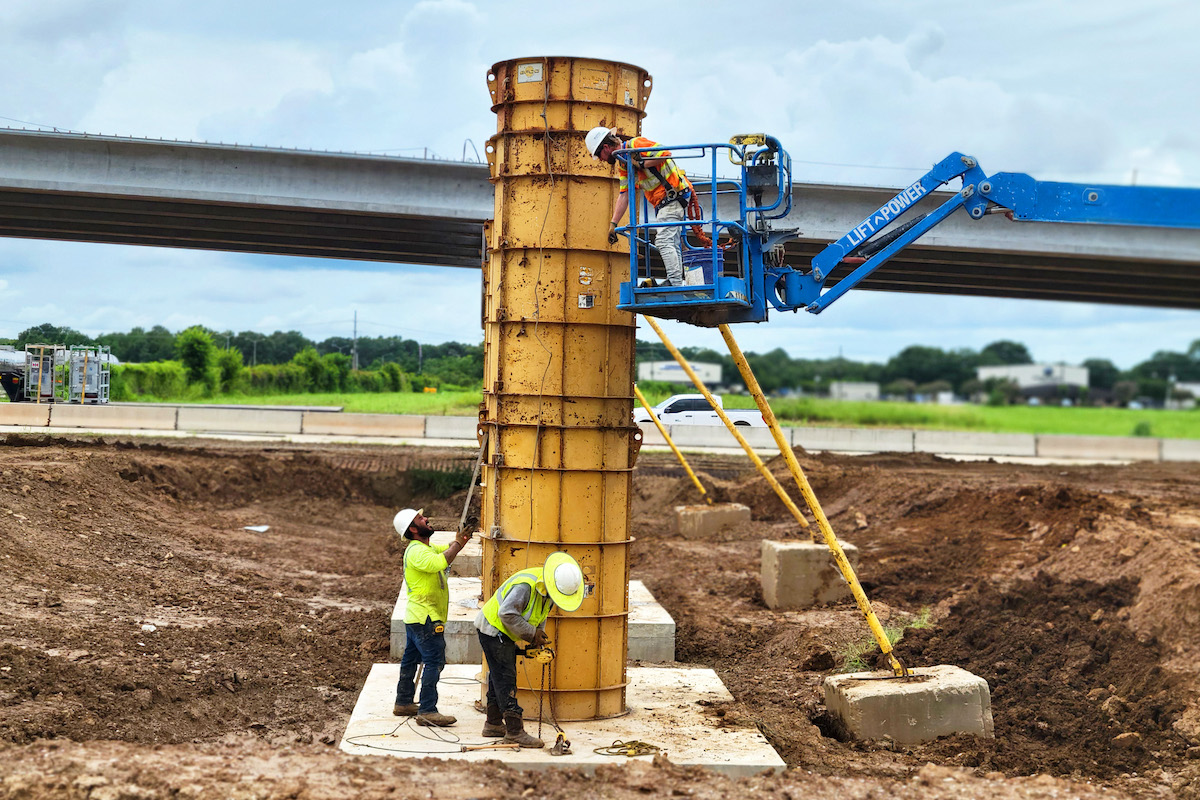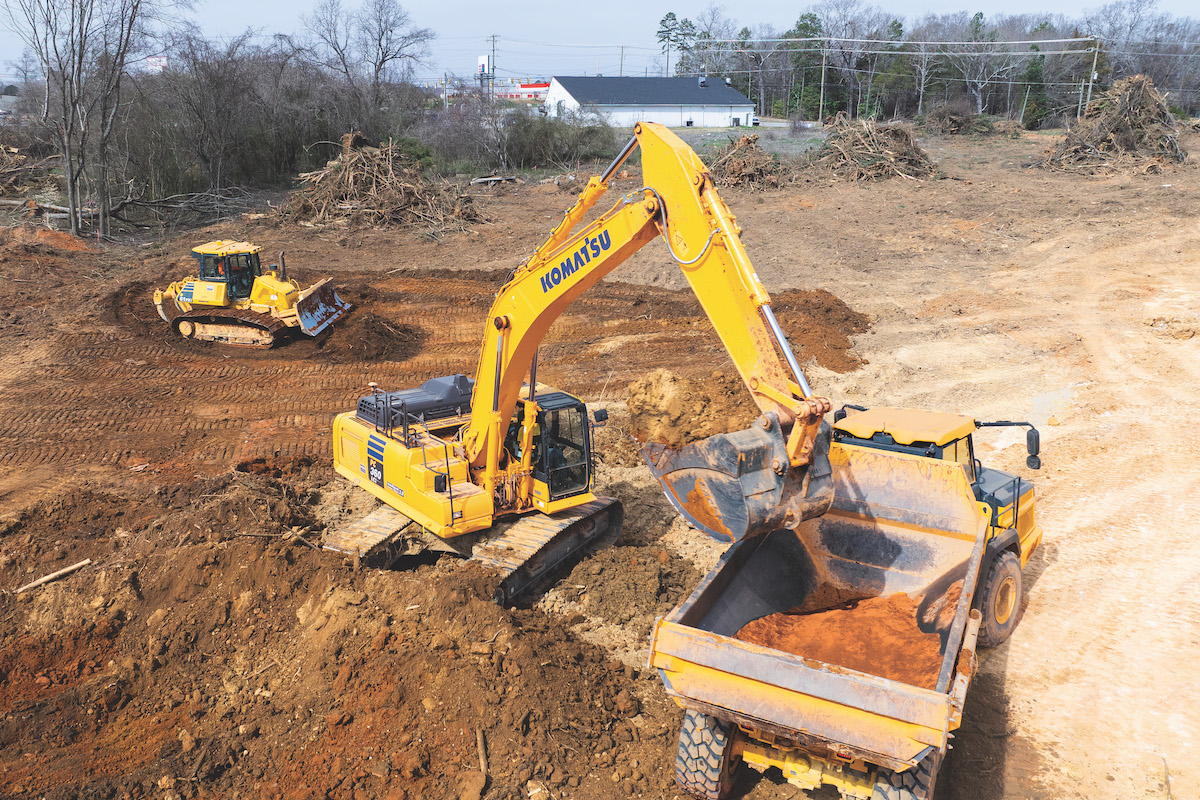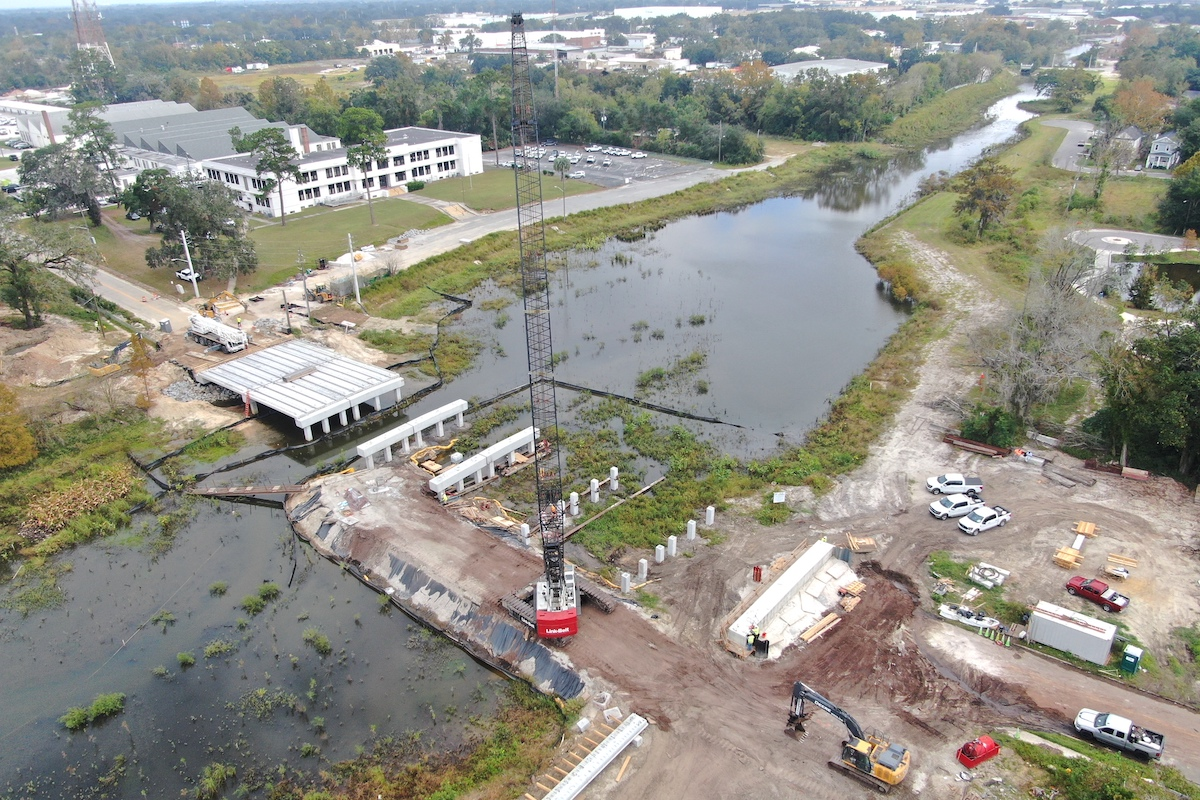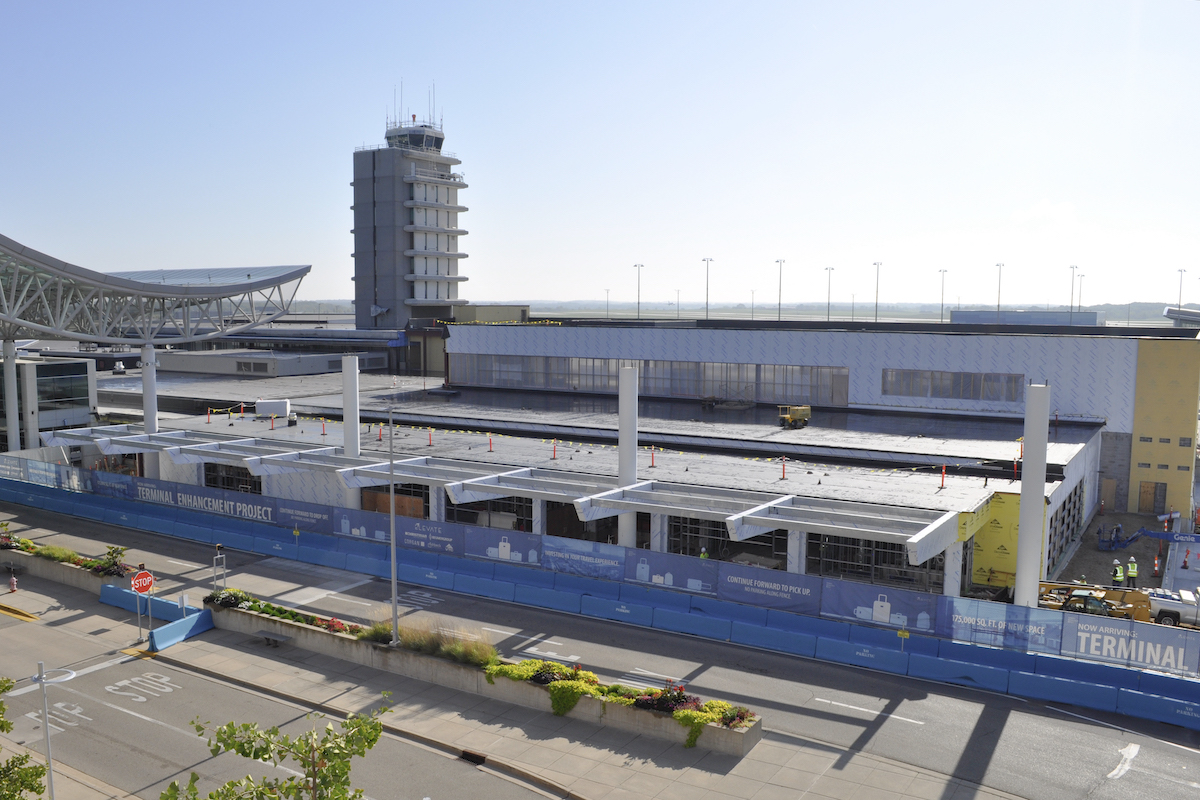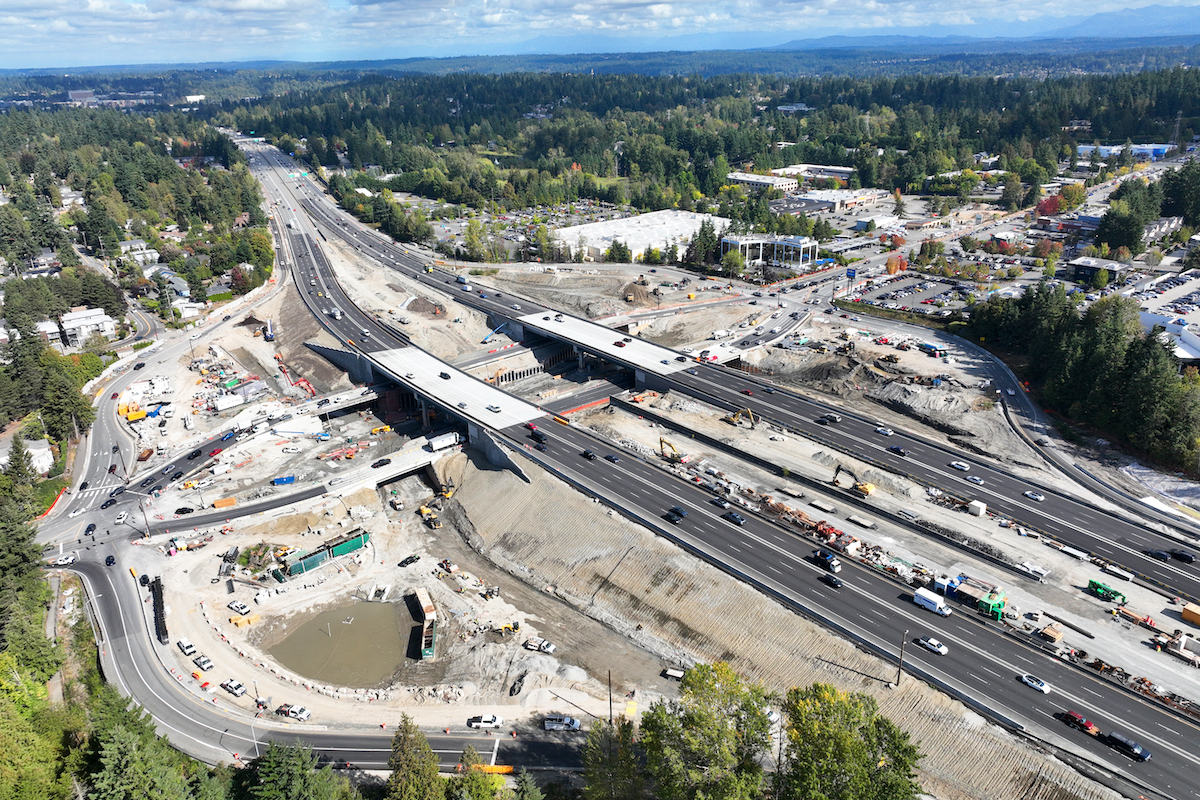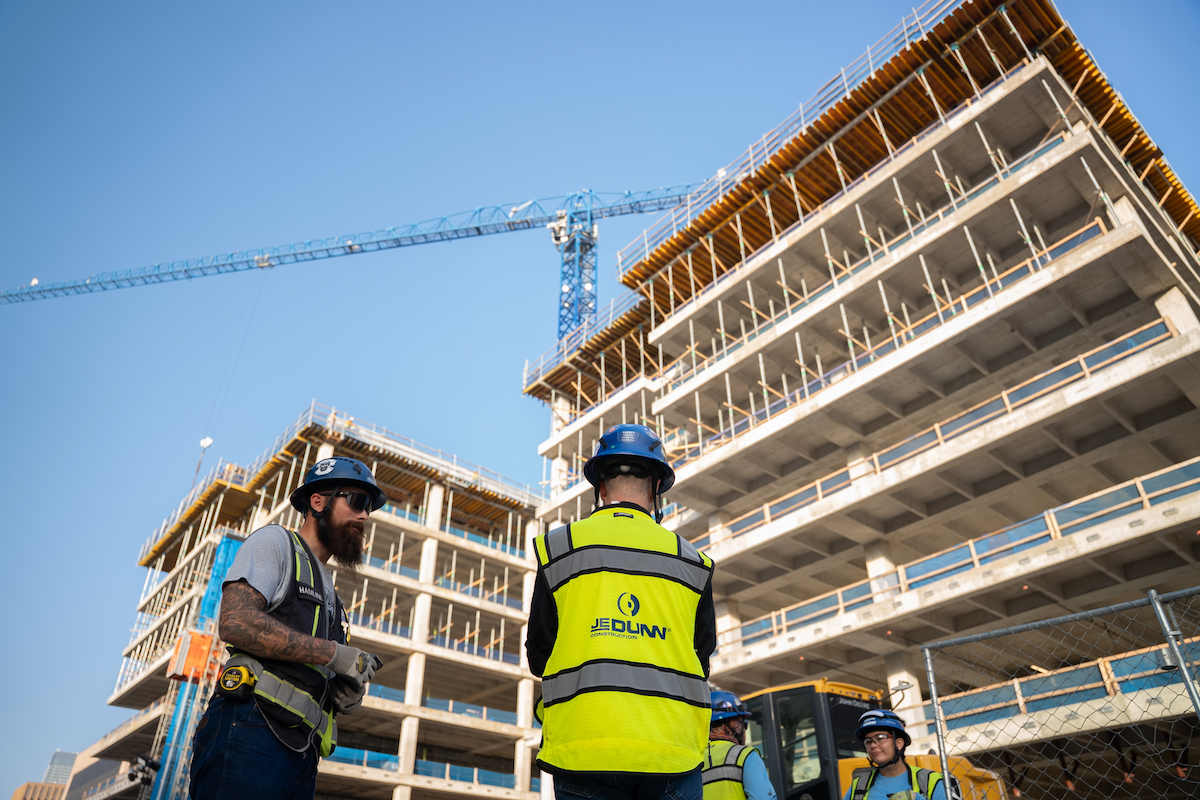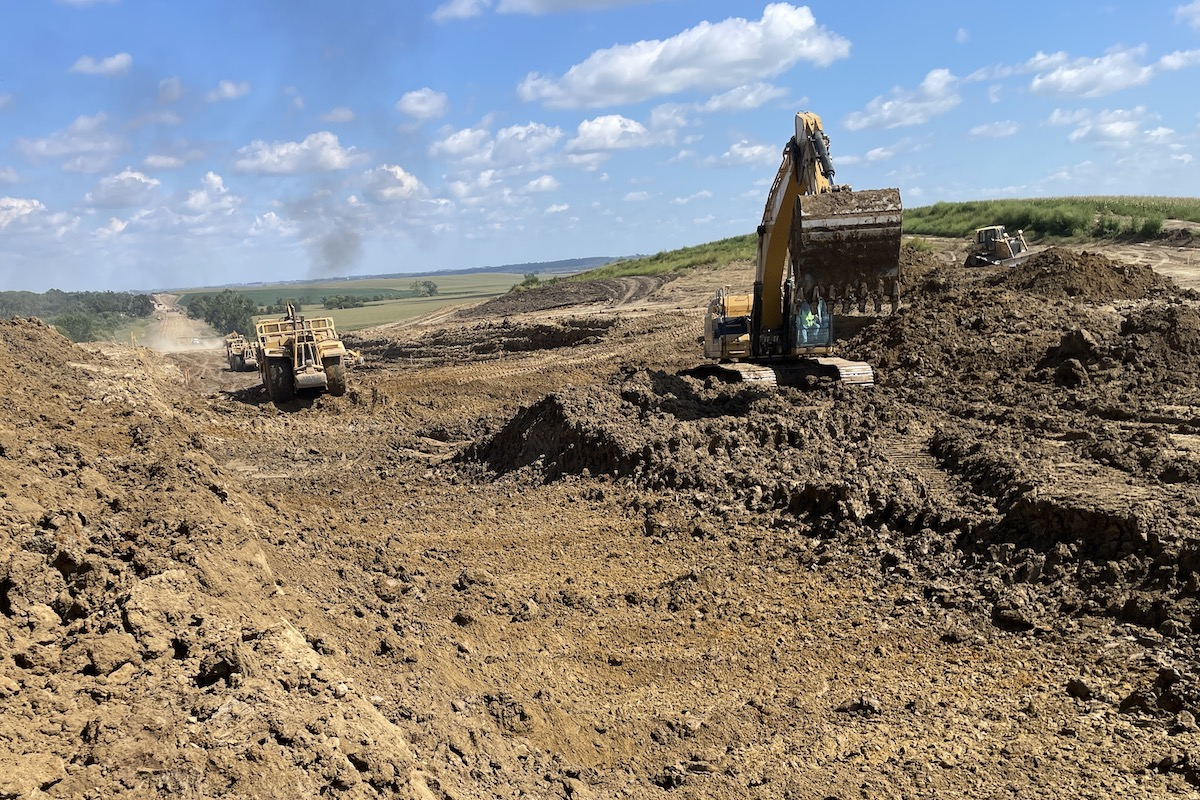Salt Lake City, Utah, is named after the largest natural lake west of the Mississippi River, the Great Salt Lake. It is approximately 75 miles long and about 35 miles wide, according to a Utah travel site. To increase water security and benefit the Great Salt Lake, Salt Lake City and the Sundt/PCL Joint Venture are building a new water reclamation facility. The project will ensure Salt Lake City residents have a reliable facility to treat wastewater for years to come.
The Salt Lake City Water Reclamation Facility (SLCWRF) is 60-plus years old. The SLCWRF project website notes that the facility is "near the end of its lifespan. It needs to be replaced to ensure continuous treatment of wastewater for the city. As the city's only wastewater treatment facility, it must operate reliably and without interruption 24/7 every day of the year."
Data on the Macrotrends website shows that Utah has grown dramatically since 1960. Its population then was just over 890,000 residents. Today, it stands at 3.5 million. Salt Lake City, as the state capital, has seen a similar dynamic growth.
The current water reclamation facility treats an average of 33 million gallons per day (MGD) of wastewater. The new plant will treat up to 48 MGD with the ability to expand, ensuring sufficient capacity for the city's growing water needs.
According to the SLCWRF project website, wastewater is “water that goes down the drain into the sewer collection system after it has been used by residents, businesses, and industrial customers. At the facility, the wastewater is treated to meet water quality standards set by the state and is safely returned to the environment and Great Salt Lake in a responsible manner.”

| Your local Gomaco dealer |
|---|
| Faris Machinery |
| Tri-State Truck & Equipment Inc |
Given that the existing facility was constructed in 1960, it lacks modern seismic compliance, electrical code compliance, and modern treatment processes that would treat wastewater to meet current and future Environmental Protection Agency discharge requirements. Additionally, the harsh environment has led to significant concrete deterioration.
Despite these challenges, PCL Construction Manager Ragan Bryce said that there is no current impact to the public. Bryce is overseeing all construction activities on the project.
"However, if the SLCDPU [Salt Lake City Department of Public Utilities] waited longer, issues would arise," Bryce said. "Kudos to the plant operations and maintenance staff for keeping this important facility running smoothly and without interruption."
Those challenges include finding parts for equipment. Some of the equipment is so old that factories are no longer making replacement parts, forcing city staff to find replacement parts using a network of similar facilities.

| Your local Bobcat dealer |
|---|
| Romco Equipment Co |
| Ditch Witch West |
| Faris Machinery |
The first question the team had to answer was where to build the facility. The current water reclamation facility needs to function continuously until the new one is fully operational.
Building at a new/different location would allow current activity to continue uninterrupted. The team would have sufficient space to work and store materials. However, building in the current location also has advantages.
"The collection system, including the drain lines that are gravity fed are geared towards this location," Bryce said. "Relocating the drain lines and other infrastructure would have been a huge and more costly undertaking."
Bryce counts working at the same site as the current facility as one of the biggest challenges he and the team have faced.

| Your local Trimble Construction Division dealer |
|---|
| SITECH Northwest |
| SITECH Southwest |
| SITECH Rocky Mountain |
"We work around the existing facility and even in it at times," Bryce said. "We have to be certain not to interrupt operations, which requires significant coordination with plant staff and the city." The team holds weekly meetings to communicate plans and coordinate schedules.
This challenge is made more difficult because of the large workforce on the site. At its peak, the project is staffed by 450 people daily, and a 350-person onsite workforce is typical.
The current facility is on an over 100-acre site, and the existing facility is on the eastern half of the property. Nearly 40 acres of the western half of the site was used for concrete drying beds for digested sludge.
The new facility will be situated on the western half after removing the drying beds. The team installed a temporary system to handle the digested sludge. Once the facility is completed, commissioned, and operating, the old facility will be decommissioned and partially demolished. Some parts of the old facility will be used within the new facility after receiving a clean bill of health.

| Your local Volvo Construction Equipment dealer |
|---|
| Faris Machinery |
A water reclamation facility is a highly complex system composed of multiple specialized structures, each integral to distinct stages of the treatment process. In response to evolving regulatory requirements and Salt Lake City’s anticipated growth, the new facility will be significantly larger than its predecessor.
Many treatment processes have been redesigned for greater efficiency, incorporating advanced technologies identified through years of planning and evaluation. While these upgrades improve performance and compliance, they also result in a larger and more structurally intensive campus.
The team reviewed the soil conditions the structures would sit on and found significant issues. "The soil conditions are some of the worst I've ever been around since building these types of facilities," Bryce said.
The soil is a clay-like material that he compared to pudding. The conditions are due to the project area being at the bottom of what was Lake Bonneville, a prehistoric lake.

| Your local Gomaco dealer |
|---|
| Faris Machinery |
| Tri-State Truck & Equipment Inc |
"We had to do something to ensure the structures wouldn't sink or settle, because it would be devastating to its functionality," Bryce said.
The team — owner, engineer, and construction leaders — collaborated to determine the best way to deal with the poor soil conditions. They considered multiple scenarios to firm up the soil and ultimately determined to preload the site.
Preloading the site was a two-year process. The first step was installing wick drains, which took four months to complete.
The team installed 1,000 miles of wick drains using multiple 160-foot-tall stitcher machines. This new technology is like a very large sewing machine, with the needle (called a mandrel) hammering the wick drain down 140 feet below ground.

| Your local Gomaco dealer |
|---|
| Faris Machinery |
| Tri-State Truck & Equipment Inc |
"By placing the wick drains so far beneath the earth's surface, water is squeezed out and has a path to flow," Bryce said. "Without the wick drains, draining the water underground would have taken two to four years."
The next step was to preload the 30 to 40 acres that the new facility would sit upon. The team transported 2 million tons of dirt and piled it at the site location. The dirt rose 25 to 30 feet above the ground.
Although the team transported the dirt from within 5 miles of the site, it took six months to bring it to the site and place it.
"Before we placed the dirt, the design engineer had us install settlement plates, shape arrays, magnetic extensometers, piezometers, and other instruments to monitor the settlement so his team could be certain when the land was settled," Bryce said.

| Your local Gomaco dealer |
|---|
| Faris Machinery |
| Tri-State Truck & Equipment Inc |
Every two weeks, engineers graphed the settlement. Eight months later, the settlement subsided. The land had sunk an average of 3 to 4 feet and nearly 7 feet in one area. Removing the dirt the team had installed to create the settlement took another six months.
Salt Lake City’s commitment to sustainable infrastructure is reflected throughout this project. For instance, most of the material excavated after the settlement process is being repurposed. A majority of the fill will be reused on site to support various project components, while the remainder will be allocated elsewhere, traveling no farther than 25 miles.
Preloading the site ultimately saved millions of dollars and enabled the project team to begin building durable, long-lasting structures.
While PCL and Sundt are typically competitors, the size of this project brought them together to pool their resources. This was the first joint venture between the two firms, and, given its success, they now have several other projects underway together. Bryce said he has been very pleased with the joint venture.

| Your local Gomaco dealer |
|---|
| Faris Machinery |
| Tri-State Truck & Equipment Inc |
"Our cultures align, and our views on safety, quality, and project delivery are similar,” he said. “People who come to the project don't know who works for who, as we act as a team."
Management encouraged and facilitated team-building activities before working together to foster the camaraderie.
The project is being delivered via the construction manager/general contractor delivery method. This means the construction team is brought in during the design phase to consult on constructability. They also offer input related to scheduling and costs. Bryce credits the delivery method for keeping the project on schedule and controlling costs.
"The delivery method has kept us on schedule," Bryce said. "It's collaborative in nature and helped us evaluate risks and work through them.”

| Your local Gomaco dealer |
|---|
| Faris Machinery |
| Tri-State Truck & Equipment Inc |
Another challenge that arose during COVID-induced lockdowns was massive cost increases for construction materials. It wreaked havoc on construction budgets.
"Once we worked in the increases and came up with a new budget, we have stuck to it," Bryce said. "The delivery method encouraged us to work together closely and perform value engineering as a team."
The facility is on schedule to be fully operational by the end of 2026.
Bryce describes the water reclamation facility as a “legacy project.” The SLCDPU anticipates the facility will serve Salt Lake City residents for multiple generations. The project will also help the Great Salt Lake.

| Your local Gomaco dealer |
|---|
| Faris Machinery |
| Tri-State Truck & Equipment Inc |
At the end of 2024, the Great Salt Lake was at record lows despite efforts to increase the water level. If the lake were to dry up, severe negative repercussions would occur, according to the University of Utah. The water treated at the SLCWRF will meet or exceed new treatment standards before being returned to the Great Salt Lake watershed. Directing the water back into the lake is essential to ensure a healthy Salt Lake for area residents and help preserve this critical natural resource.
- Owner: Salt Lake City Department of Public Utilities
- General Contractor: Sundt Construction, Tempe, Arizona; PCL Construction, Denver, Colorado
- Designer: AECOM, Dallas, Texas
- Engineer: Jacobs Engineering Group, Dallas, Texas











